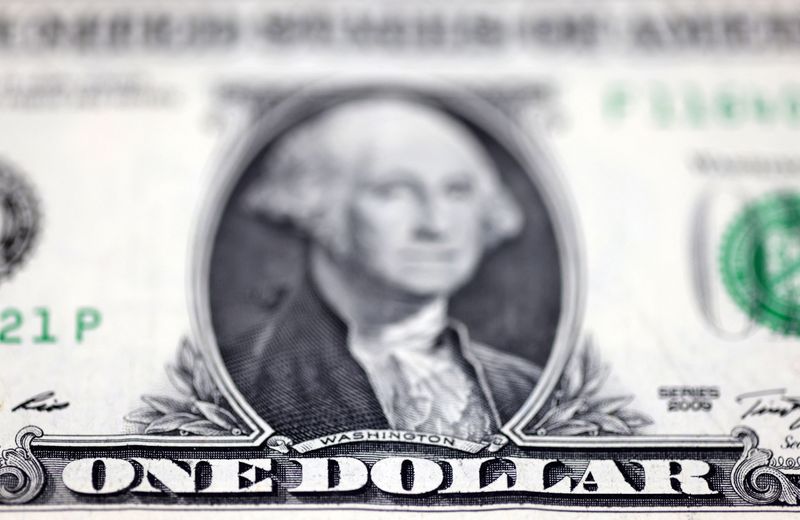Investing.com – Most Asian currencies weakened on Monday as the dollar steadied after falling on Friday after weaker-than-expected jobs data prompted markets to increase bets that the Federal Reserve will cut interest rates.
The Japanese yen was the worst performer in Asia, reversing course after apparent government intervention last week led to the currency’s recovery from 34-year lows.
Most regional currencies also posted strong gains since Friday following employment data and a corresponding fall in the dollar. But on Monday the dollar found stable ground.
The Japanese yen is losing some of its gains, USDJPY is growing
The Japanese yen rose 0.6% on Monday, although trading volumes for the pair were dampened by a market holiday in Japan.
The pair, which is inversely related to the yen’s strength, fell from a 34-year high of more than 160 yen last week amid signs of repeated government intervention in currency markets.
But with the underlying factors behind the yen’s weakness – mainly the wide gap between US and local rates – remaining in place, bets against the yen remain in place.
USDJPY was now close to breaking above 154, with traders also questioning Tokyo’s ability to continue to intervene in the markets.
Australian dollar strong, AUDUSD rises ahead of hawkish RBA
The Australian dollar rose 0.1% on Monday, nearing two-month highs as traders positioned themselves on Tuesday.
While the RBA is expected to keep rates unchanged, it is also expected to have a hawkish response following stronger-than-expected inflation figures in the first quarter.
remove advertising
.
Persistent inflation gives the RBA further incentive to keep rates high for longer, with some analysts suggesting the bank could even raise rates further.
Dollar stabilizes after wages fall, rate cuts in focus
Both indexes rose 0.1% in Asian trading after falling 0.8% last week. The dollar’s losses came as data for April was weaker than expected.
The data supported speculation that a cooling labor market would give the Federal Reserve additional incentive to begin cutting interest rates. In the image, traders are increasing their bets for a 25 basis point cut in September.
The surprise payroll data also drew attention to upcoming speeches from some key Fed officials this week.
Asian currencies were broadly lower after some gains against the dollar last week. However, the prospect of continued high US interest rates in the short term meant that most regional currencies traded in the red throughout the year.
The Chinese yuan pair fell 0.4% on Monday in catch-up trading as onshore yuan trading resumed after the long weekend.
The Singapore dollar rose 0.2% and the Indian rupee rose 0.1% to return to record highs.


